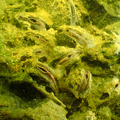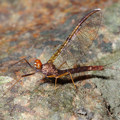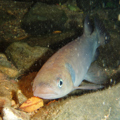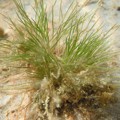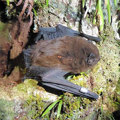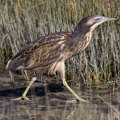Threatened species
Due to many new pest species being introduced (such as possums and wild ginger), the native animals and plants that make our region so special are becoming rarer. Habitat loss is another huge pressure on our native flora and fauna, with diminishing quantity and quality habitats for native populations to call home.
Northland Regional Council staff contribute to monitoring programmes run by other agencies and community groups such as kiwi call counts, bird counts, pāteke (brown teal) monitoring, Australasian bittern monitoring and threatened species recording. Northland Regional Council reports through the five-year State of the Environment Report on several terrestrial metrics including native plant cover, habitat distribution, the status of pests in the region, new pest incursions and the status of native plant and animal species including kiwi.

